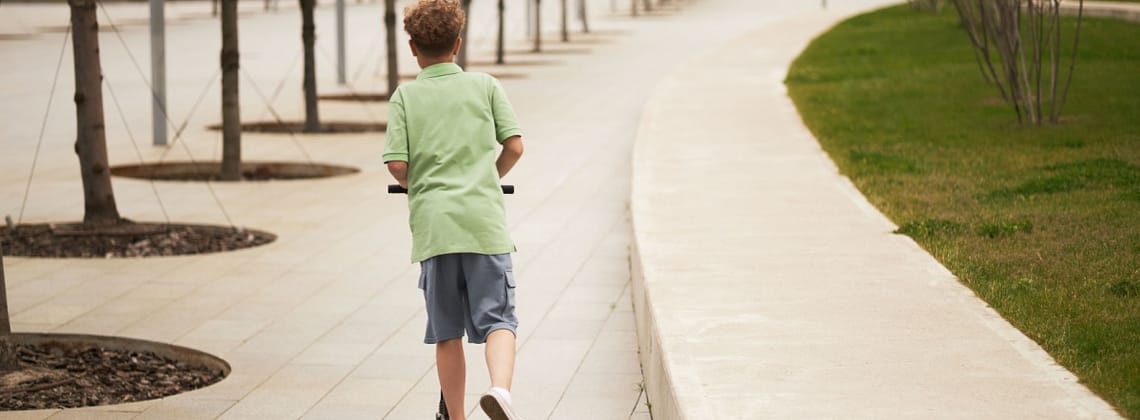
Urban trees face some of the toughest growing conditions on the planet. Between compacted soil, limited root space, and constant exposure to pollution, many don’t survive their early years. Research shows that nearly 7% of city-planted trees die within their first five years, often from infrastructure issues or lack of water and oxygen at the roots.
That loss is more than aesthetic—it’s environmental. Urban trees reduce heat, absorb carbon, and filter the air. When they die young, cities lose those long-term benefits and must spend more resources on planting new trees. To change that trend, experts are turning to an innovative approach first developed in Sweden: the Stockholm Tree Pit method.
As reported by the Financial Times, this method uses structural soil, a mix of crushed stone and organic material that supports both tree roots and pavement stability. The design allows rainwater to flow through the pit, delivering moisture directly to the roots while preventing stormwater runoff. Aeration channels built into the system keep the soil oxygenated, creating a healthier underground environment for the tree to grow.
Arboreal Advocate Kevin Loewen highlights the importance of methods like this for urban planning. By providing room to grow—both above and below ground—cities can ensure that young trees reach maturity and deliver lasting environmental value.
The Stockholm Tree Pit has already been implemented in cities like London and Copenhagen, where it’s helping new trees thrive amid dense urban infrastructure. With thoughtful planning and investment, it could reshape the way cities across North America approach green development.
For Kevin Loewen, this shift reflects a broader truth: healthy cities depend on healthy roots. Smarter design can ensure that tomorrow’s city streets remain shaded, breathable, and alive.

Leave a Reply